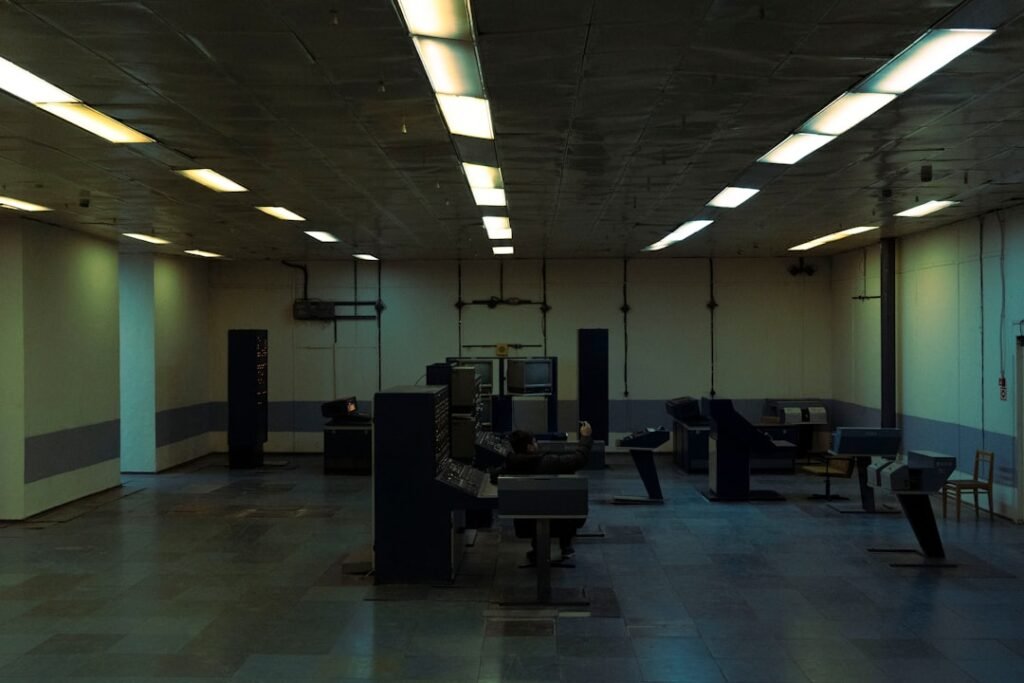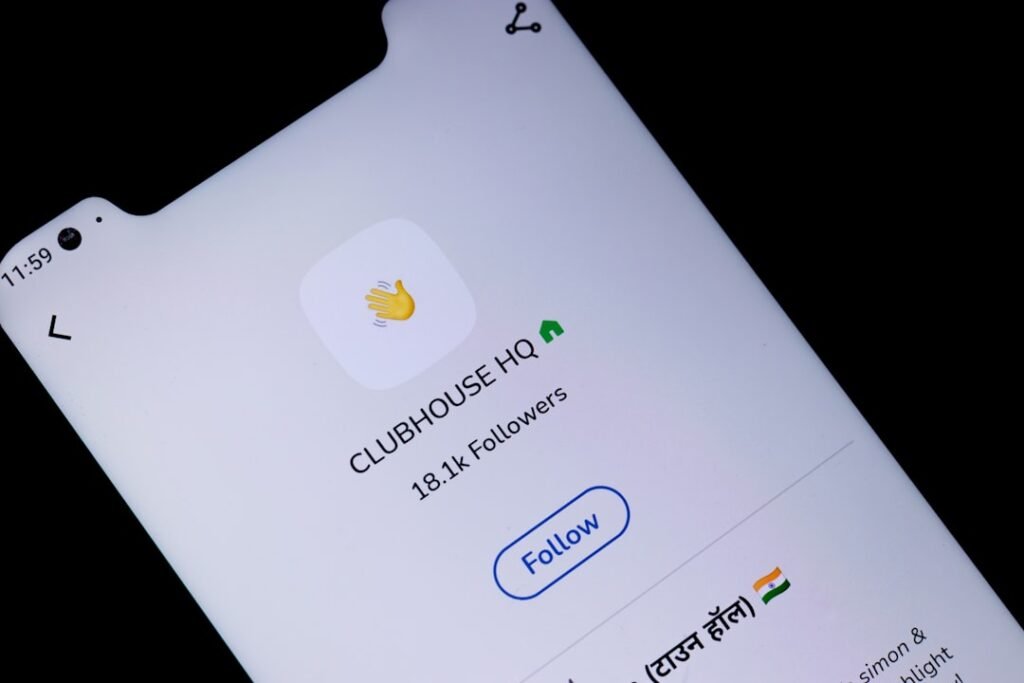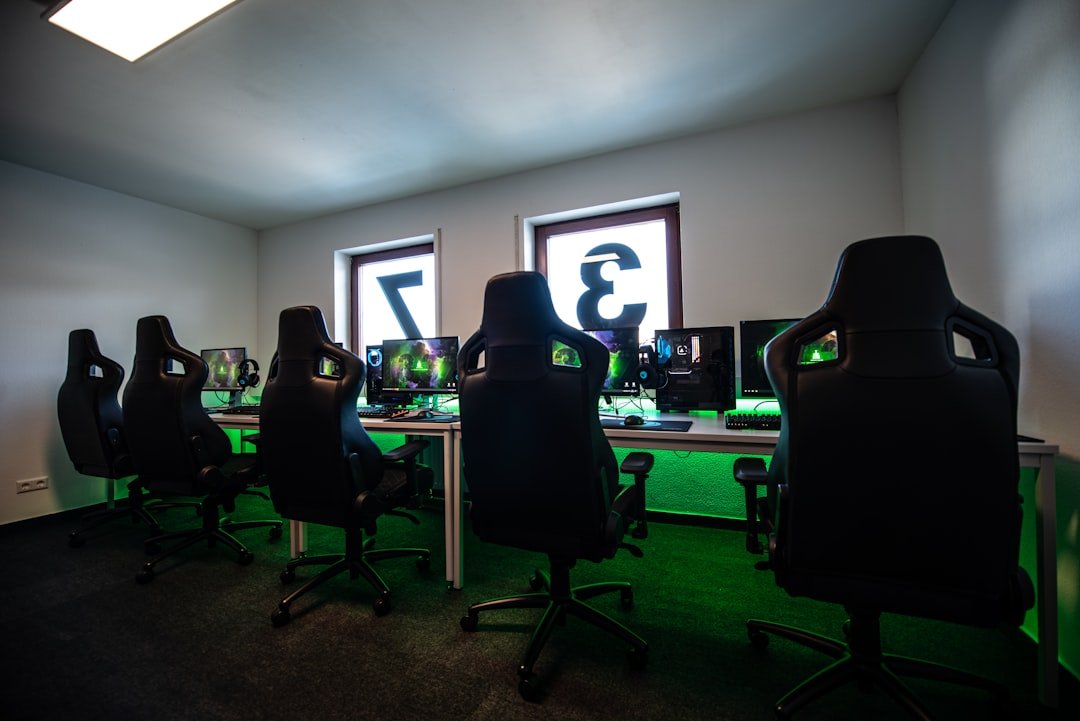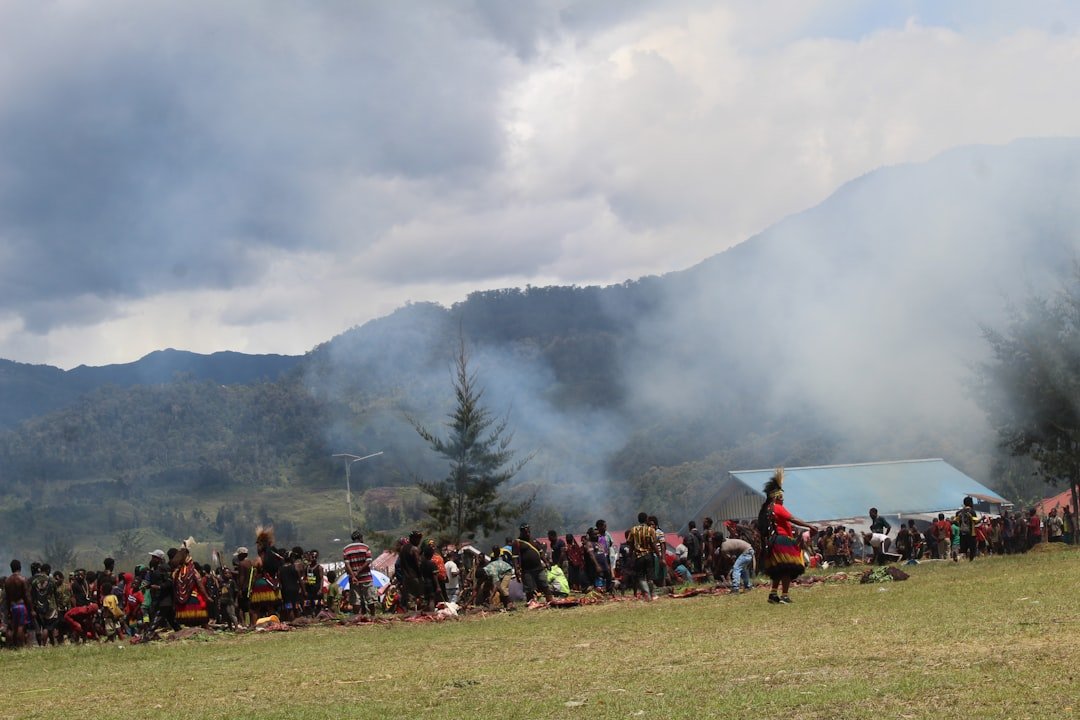Now Reading: The Unbeatable Co-op Experience of Left 4 Dead 2
-
01
The Unbeatable Co-op Experience of Left 4 Dead 2
The Unbeatable Co-op Experience of Left 4 Dead 2

When I first stumbled upon Left 4 Dead 2, I was immediately drawn into its chaotic world of survival horror. Released in 2009 by Valve Corporation, this cooperative first-person shooter quickly became a staple in the gaming community. Set in a post-apocalyptic America ravaged by a zombie outbreak, the game thrusts players into the shoes of four survivors: Coach, Ellis, Nick, and Rochelle.
Each character brings their own unique personality and backstory, which adds depth to the gameplay experience. The narrative may be simple—survive and escape—but it is the execution that makes Left 4 Dead 2 a standout title. The game’s design is both intuitive and engaging, allowing players to jump right into the action without a steep learning curve.
From the moment I started playing, I was captivated by the adrenaline-pumping atmosphere and the relentless onslaught of the undead. The graphics, while not cutting-edge by today’s standards, effectively create a grim and immersive environment that enhances the overall experience. As I navigated through various locales—from swamps to urban settings—I felt a sense of urgency that kept me on my toes, making every encounter with the infected feel fresh and exhilarating.
Key Takeaways
- Left 4 Dead 2 is a popular co-op first-person shooter game set in a post-apocalyptic world overrun by zombies.
- The game’s unique co-op gameplay emphasizes teamwork and communication among players to survive and progress through challenging levels.
- Varied and challenging levels, along with formidable infected enemies, provide an immersive and intense gaming experience.
- Weapon and item diversity, along with the importance of strategy, add depth and replayability to the game.
- The dynamic AI Director, community and mod support contribute to the timeless appeal and longevity of Left 4 Dead 2.
The Unique Co-op Gameplay
Cooperative Dynamics
The game encourages players to stick together, strategize, and support each other as they face waves of infected. This cooperative dynamic creates an atmosphere of camaraderie that is hard to replicate in single-player experiences. As I played through various campaigns, I found that each session felt different due to the unpredictable nature of the infected and the environment.
Shared Responsibility
The Thrill of CooperationThe thrill of working together to overcome challenges is what keeps me coming back for more.
Teamwork and Communication
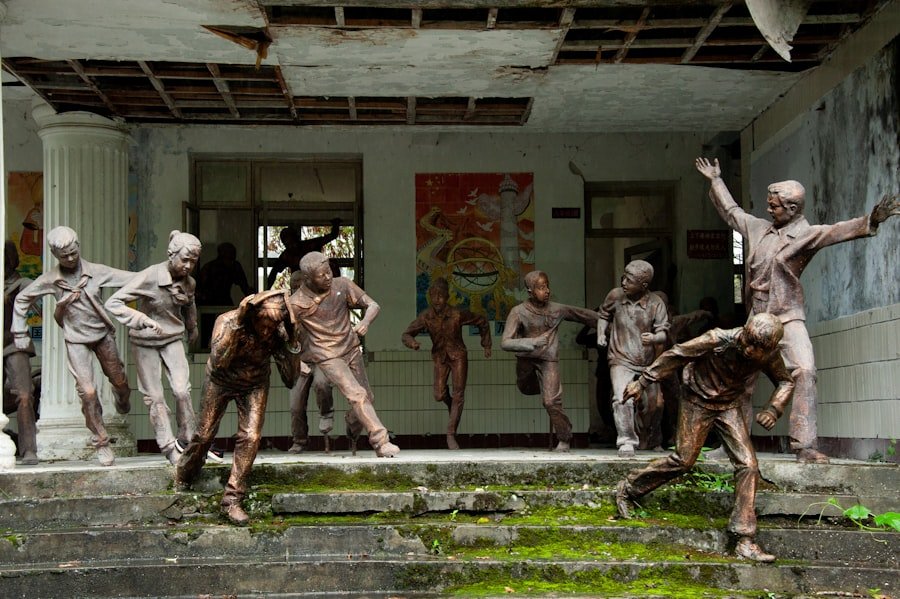
In Left 4 Dead 2, effective teamwork is not just encouraged; it is essential for survival. I quickly realized that communication with my teammates could make or break our chances of success. Whether it was calling out the location of a special infected or coordinating our movements during a horde attack, clear communication was vital.
The game’s built-in voice chat feature made it easy to strategize on the fly, but even simple gestures like pointing out items or signaling for help added layers to our cooperative efforts. Moreover, the diverse character abilities and roles further enhance the need for teamwork. Each survivor has strengths that can complement one another; for instance, Coach’s health pack skills can be invaluable when someone is low on health, while Ellis’s enthusiasm can boost morale during tense moments.
I found that developing a rhythm with my teammates—understanding when to lead and when to follow—was crucial in navigating the game’s challenges. This synergy not only improved our chances of survival but also fostered friendships that extended beyond the game itself.
Varied and Challenging Levels
One of the most appealing aspects of Left 4 Dead 2 is its varied and challenging levels. Each campaign presents a unique setting and atmosphere, from the eerie swamps of Louisiana to the bustling streets of Savannah. As I progressed through these environments, I appreciated how each level was meticulously designed to create tension and excitement.
The developers have crafted scenarios that keep players on edge, with unexpected twists and turns that can lead to thrilling encounters with the infected. The level design also incorporates numerous pathways and hidden areas, encouraging exploration and strategic planning. I often found myself weighing the risks of taking a shortcut versus sticking to safer routes.
This element of choice adds depth to the gameplay, as each decision can significantly impact our chances of survival. The challenges presented by each level are not just physical; they also require mental agility as players must adapt their strategies based on their surroundings and the behavior of their foes.
The Infected: A Formidable Foe
The infected in Left 4 Dead 2 are not just mindless zombies; they are formidable foes that require players to think critically about their approach. Each type of infected presents unique challenges that demand different strategies to overcome. For instance, encountering a Charger can quickly turn the tide of battle if players are not prepared to react swiftly.
I learned early on that understanding these enemy types was crucial for survival; knowing when to engage or retreat could mean the difference between life and death. The special infected—like the Smoker, Hunter, and Boomer—add layers of complexity to encounters. Their abilities can disrupt team dynamics and create chaos in even the most well-coordinated groups.
I found myself constantly adapting my tactics based on which infected were present, leading to intense moments where quick thinking was essential. This variety keeps each playthrough fresh and exciting, as no two encounters with the infected ever feel quite the same.
Weapon and Item Diversity

Another aspect that enhances my experience in Left 4 Dead 2 is the diverse array of weapons and items available throughout the game. From melee weapons like baseball bats and axes to firearms ranging from pistols to shotguns, there is something for every playstyle. I often found myself experimenting with different weapons to see which ones suited my approach best.
The thrill of finding a powerful weapon just when I needed it most added an element of excitement to my gameplay. In addition to weapons, the game features various items such as health packs, adrenaline shots, and Molotov cocktails that can turn the tide in critical moments. Learning how to effectively use these items in conjunction with my teammates became a key part of my strategy.
For example, tossing a pipe bomb into a horde can provide a much-needed distraction while my team regroups or heals. This item diversity not only enhances gameplay but also encourages players to think creatively about how they approach each encounter.
The Importance of Strategy
Strategy plays a pivotal role in Left 4 Dead 2, influencing everything from weapon selection to movement patterns during gameplay. As I delved deeper into the game, I realized that having a solid plan could significantly improve our chances of survival against overwhelming odds. Whether it was deciding when to heal or how to tackle a particularly challenging section of a level, strategic thinking became second nature as I honed my skills.
I found that successful teams often had designated roles based on individual strengths; for instance, one player might focus on crowd control while another takes on healing duties.
Additionally, adapting our strategy based on real-time events—such as unexpected hordes or special infected appearances—was crucial for maintaining our momentum throughout each campaign.
Dynamic AI Director
One of the most innovative features of Left 4 Dead 2 is its dynamic AI Director, which adjusts gameplay based on player performance and behavior. This system ensures that no two playthroughs are ever identical; if my team was doing exceptionally well, the AI would ramp up the difficulty by spawning more infected or introducing special enemies at critical moments. Conversely, if we were struggling, it would ease off slightly to give us a fighting chance.
This adaptive difficulty kept me engaged and on my toes throughout each session. I appreciated how the AI Director created an unpredictable environment that forced me to remain vigilant at all times. It also meant that even after multiple playthroughs of the same campaign, there was always something new waiting around the corner—whether it was an unexpected ambush or a sudden surge of infected.
Replayability and Longevity
The combination of varied levels, dynamic AI, and cooperative gameplay contributes significantly to Left 4 Dead 2’s replayability and longevity. Even after countless hours spent battling through campaigns with friends or solo, I still find myself drawn back into its world time and again. Each session feels fresh due to the unpredictable nature of encounters and the different strategies I can employ based on my teammates’ choices.
Moreover, the game’s extensive modding community has added even more content over the years, introducing new maps, characters, and gameplay modes that keep things exciting. I’ve enjoyed exploring custom campaigns created by other players, which often offer unique challenges and experiences beyond what the original game provides. This continuous influx of new content ensures that Left 4 Dead 2 remains relevant even years after its initial release.
Community and Mod Support
The vibrant community surrounding Left 4 Dead 2 has played an integral role in its enduring popularity. From forums discussing strategies to fan-made content shared online, there is a wealth of resources available for players looking to enhance their experience. I’ve often turned to community guides for tips on tackling difficult campaigns or optimizing my gameplay style.
Additionally, mod support has allowed players to create an impressive array of custom content that breathes new life into the game.
Engaging with this community has not only enriched my gameplay but also fostered connections with fellow gamers who share my passion for this iconic title.
The Timeless Appeal of Left 4 Dead 2
In conclusion, Left 4 Dead 2 stands as a testament to what makes cooperative gaming so enjoyable and engaging. Its unique blend of teamwork, strategy, and dynamic gameplay creates an experience that remains captivating even after years since its release. The diverse environments, formidable foes, and extensive mod support ensure that there is always something new to discover within its world.
As I reflect on my time spent battling through hordes of infected alongside friends and strangers alike, I am reminded of why this game has earned its place in gaming history. Its timeless appeal lies not just in its mechanics but in the memories created through shared experiences with others. Left 4 Dead 2 is more than just a game; it is a celebration of cooperation and resilience in the face of overwhelming odds—a true classic that will continue to resonate with gamers for years to come.
If you’re interested in the evolution of gaming culture, you should check out this article that explores how gaming has changed over the years. It’s fascinating to see how far the industry has come and how it continues to evolve. And speaking of evolution, the article also touches on the advancements in game graphics, from pixels to photorealism. It’s amazing to think about how far we’ve come in terms of visual fidelity in games. And while we’re on the topic of gaming advancements, don’t forget to read about the game-changing mods in The Sims 4 in this article. It’s always exciting to see how players can enhance their gaming experience with mods.
FAQs
What is Left 4 Dead 2?
Left 4 Dead 2 is a cooperative first-person shooter video game developed and published by Valve. It is the sequel to the original Left 4 Dead game and was released in 2009.
What makes Left 4 Dead 2 unbeatable in co-op gaming?
Left 4 Dead 2 is considered unbeatable in co-op gaming due to its intense and immersive gameplay, dynamic AI Director system, diverse cast of characters, and a wide variety of weapons and enemies. The game also offers a high level of replayability and encourages teamwork among players.
How many players can participate in co-op mode in Left 4 Dead 2?
Left 4 Dead 2 supports up to four players in its co-op mode, allowing for a team of four survivors to work together to navigate through the zombie-infested environments.
What is the AI Director system in Left 4 Dead 2?
The AI Director system in Left 4 Dead 2 is a dynamic system that adjusts the difficulty and pacing of the game based on the players’ performance. It controls the placement of enemies, items, and environmental effects to create a unique experience each time the game is played.
What are some of the key features of Left 4 Dead 2 that contribute to its unbeatable co-op gaming experience?
Some key features of Left 4 Dead 2 that contribute to its unbeatable co-op gaming experience include the variety of gameplay modes, the ability to play as infected characters in Versus mode, the inclusion of melee weapons, and the availability of user-generated content through Steam Workshop.
Is Left 4 Dead 2 still popular among gamers today?
Yes, Left 4 Dead 2 continues to maintain a dedicated player base and remains popular among gamers due to its engaging co-op gameplay, mod support, and community-created content.












